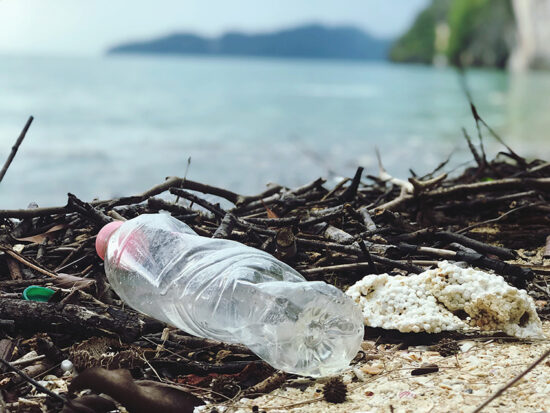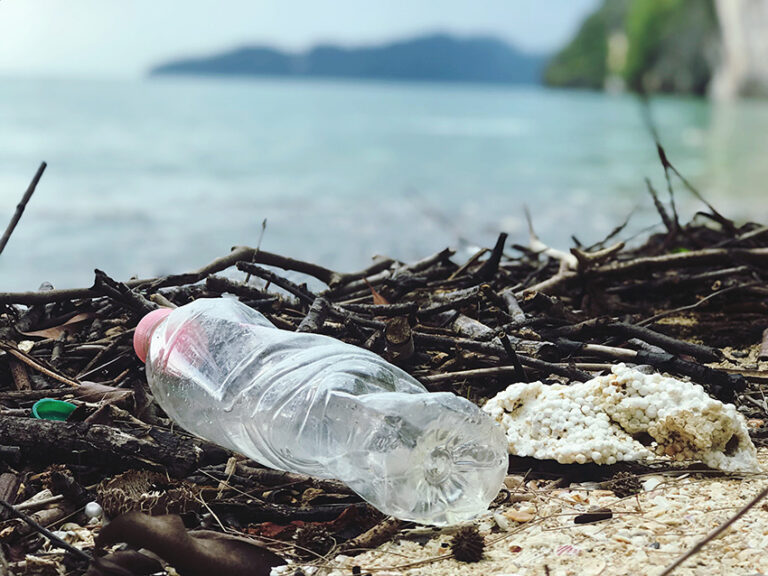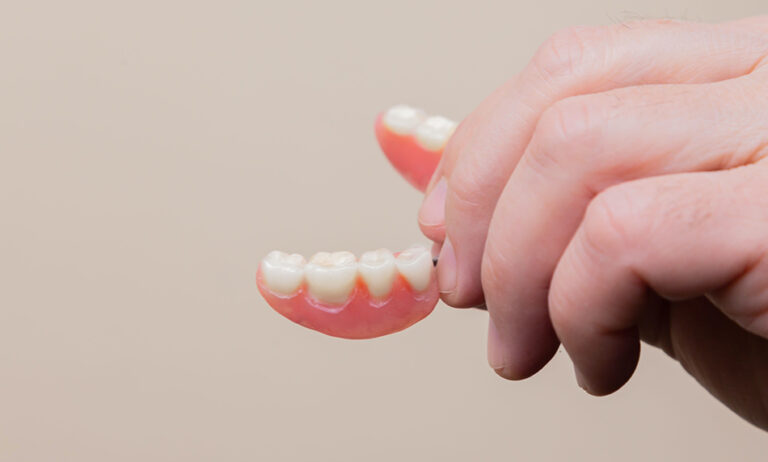At the time of writing, we’re 22 years into the new millennium, and plastic production is at an all-time high. Unfortunately, with that increase in production comes a significant increase in waste, which is detrimental to the environment as well as to human health. Here’s what you need to know about the real impact of plastic production and what you can do to help.
What Is Plastic, Anyway?
We use plastic in virtually every aspect of our lives. It’s in the clothing we wear, it’s in the cars we drive, and it’s in the device you’re using to read this blog post right now. We use plastic every single day without really thinking about where it comes from. Plastic and oil come from the same place – it’s all petroleum based. Facilities all across the US convert petroleum into plastic by hundreds of tons every single day.
There are nearly 18,500 plastics facilities in the United States alone, and 30 more facilities focused on converting fossil fuels into plastic are in the works along an area stretching from the Ohio River Valley all the way down to the Gulf Coast.
While great strides have been made in decades past to reduce environmental pollution caused by plastic manufacturing, it isn’t enough.
What Can You Do?
If you’re someone who’s devoted to making the environment a safer and healthier place to be, hearing these statistics can be disheartening. It’s important to remember that every choice made by every single person – including you – matters. The only way to reduce plastic production in the US and worldwide is to drastically reduce plastic dependence and to do that, people have to stop buying plastic in the first place.
It’s important to note that very few people will ever live a completely plastic-free life. Cars, computers, mobile devices, and other necessities all contain plastic, and there’s no real viable alternative in some situations. Nevertheless, people absolutely do have the power to say no to excessive plastic. Eliminating single-use plastic from your life, paying close attention to packaging, and buying everyday products made from environmentally-friendly sustainable materials is possible.
Some options include:
- Investing in metal or glass straws to avoid plastic ones;
- Refusing to buy bottled water;
- Carrying your own reusable bags to shopping centers and grocery stores;
- Paying close attention to shipping and packaging materials so you can avoid excessive plastic;
- Buying fresh produce whenever possible to avoid unnecessary plastic;
- Replacing your toothbrushes (and other traditionally plastic household items) with sustainable alternatives, such as bamboo; and
- Borrowing, thrifting, or bartering for items that contain plastic rather than buying them new.
In short, despite people’s best efforts to reduce or even eliminate plastic from their daily lives, it isn’t going away. There will always be plastic in some form. It’s up to individuals to decide that enough is enough; when people refuse to buy plastic, the need for new plastic production facilities will decrease, and the demand for eco-friendly alternatives to plastic will pave the way for the future.





